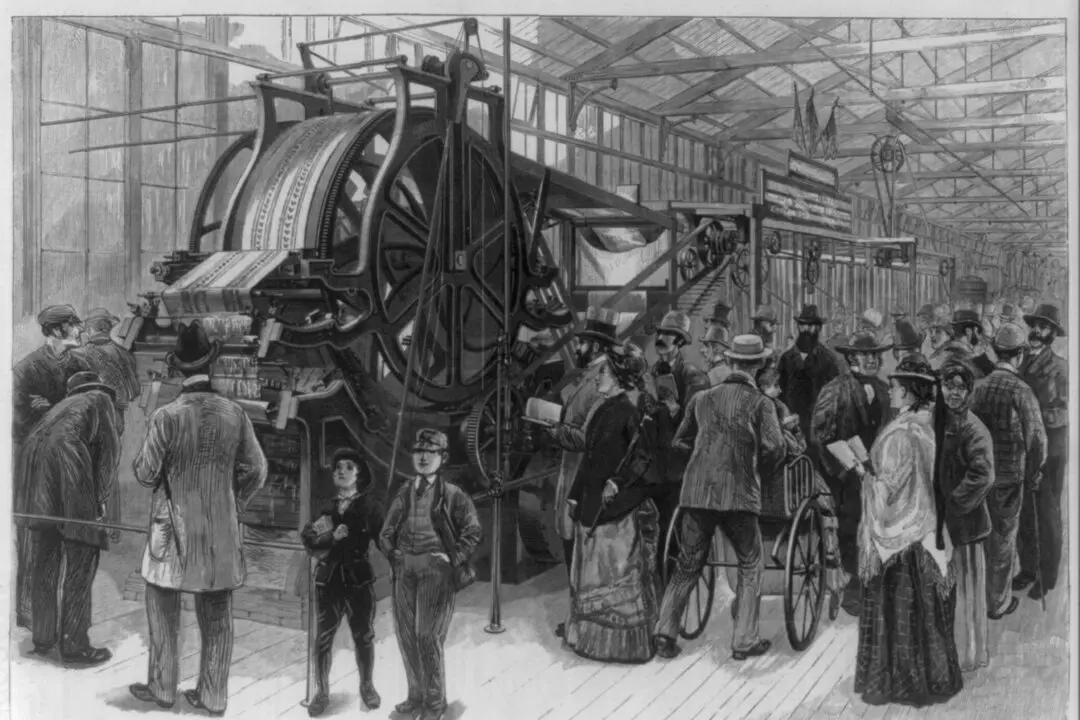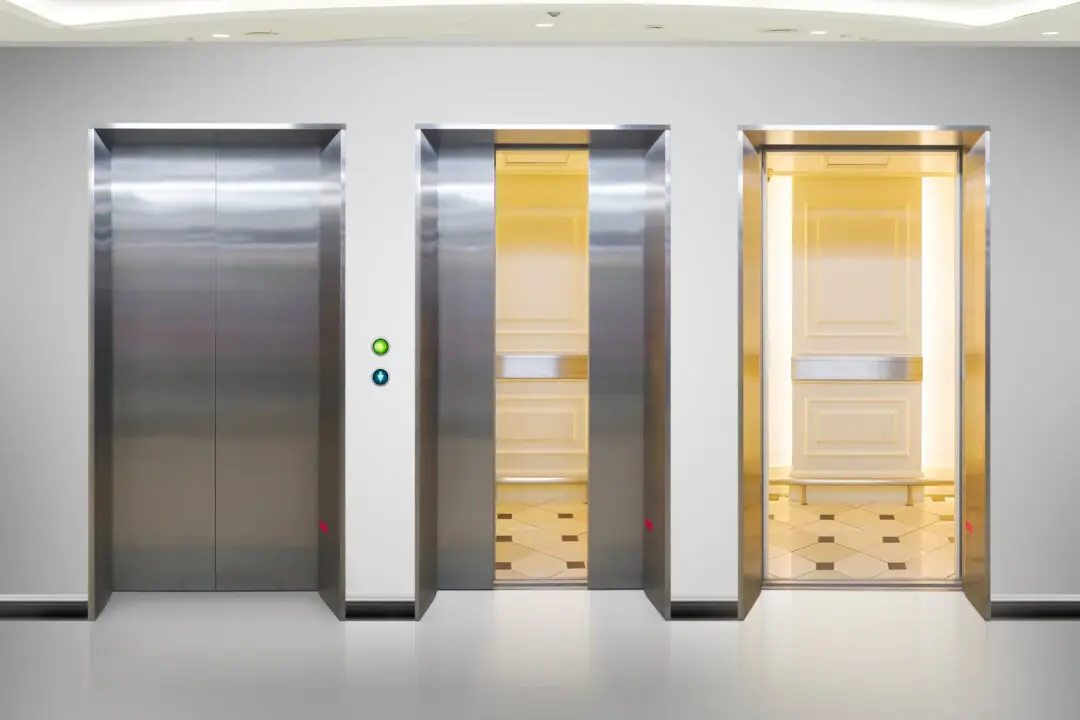The world was shocked in 1908 when an incident occurred that has never been explained. Through the years, researchers have come up with theories to explain what exactly happened on that tragic day in central Siberia, as well as to discover its long-lasting effects.
Just after 7 a.m. on June 30, 1908, people in the area of the Podkamennaya Tunguska River in central Siberia, Russia, reported seeing a bright cylindrical object zip through the sky. Witnesses said it suddenly looked like the sky split in two, followed by a flash of light brighter than the sun.






